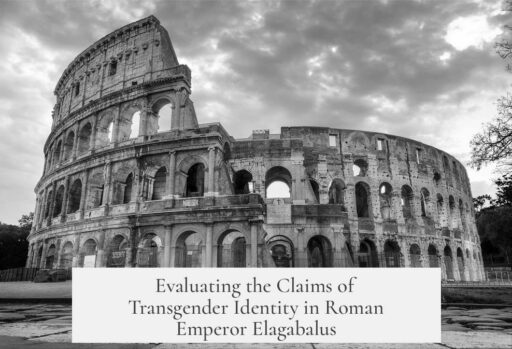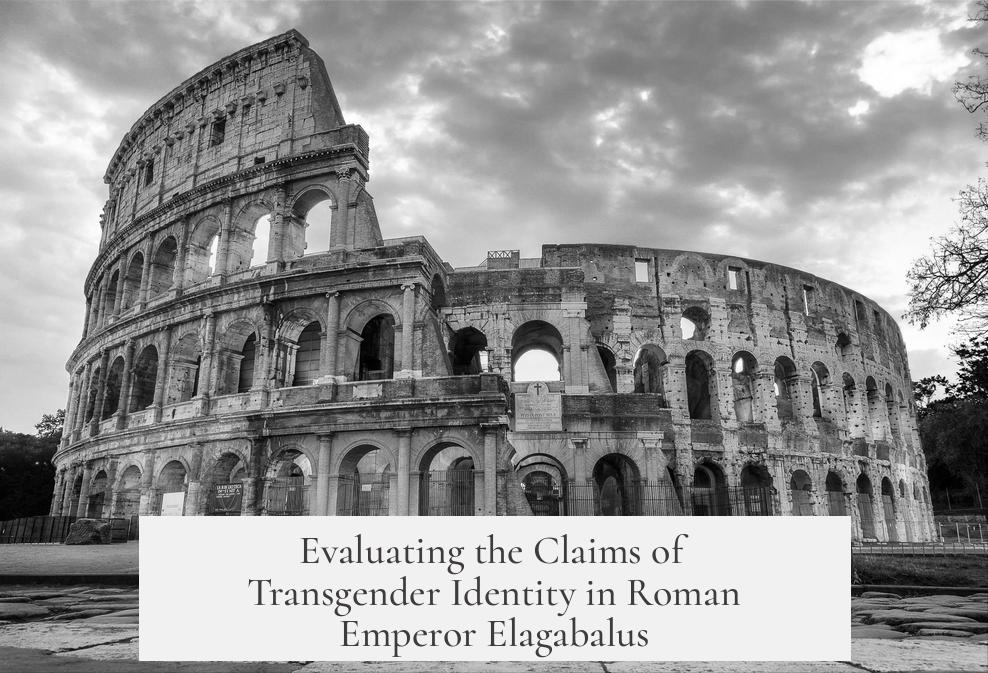Claims that Roman Emperor Elagabalus was transgender have some basis in ancient sources describing his behavior and presentation. However, their credibility is limited due to the nature of those sources and vast cultural differences between ancient Rome and modern concepts of gender.

Elagabalus, who reigned briefly from 218 to 222 AD, is known primarily through three ancient authors: Herodian, Cassius Dio, and the Historia Augusta. All portray him negatively, emphasizing eccentric and unconventional behaviors. Their accounts show that Elagabalus displayed traits and actions that departed from Roman masculine norms.
These sources describe him wearing women’s clothing, using makeup, adopting feminine hairstyles, and even requesting to be called a lady rather than lord. Cassius Dio reports that Elagabalus engaged in roles associated with women, such as wearing wigs, painting his eyes, and performing as a female prostitute in taverns. Dio also records Elagabalus referring to himself in female terms and arranging marriages in ways unusual for a Roman emperor.

One significant event often cited is his marriage to Julia Aquilia Severa, a Vestal Virgin sworn to lifetime chastity. This shocked Roman society and was considered a violation of sacred traditions. The sources suggest that Elagabalus pursued relationships and social roles that defied gender expectations. Still, they do so through a hostile lens, intending to shock and disparage.
It is crucial to recognize these accounts are heavily biased. Both Dio and Herodian were critical of Elagabalus’s religious reforms and eccentricities. Ancient historians used exaggeration and tropes about eastern excess to entertain and moralize. The Historia Augusta is particularly unreliable, containing sensational stories likely fabricated or embellished.
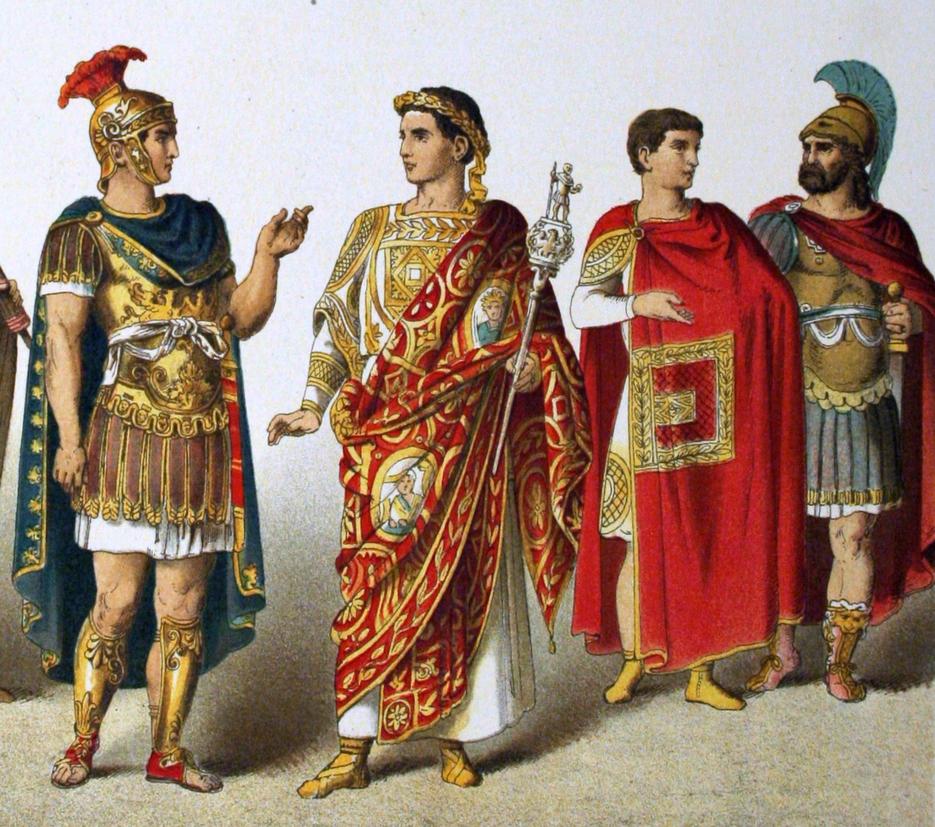
Moreover, we face a major conceptual obstacle in applying the modern label “transgender” to Elagabalus. The term refers to a person whose gender identity does not match their sex assigned at birth. However, concepts of gender and sexuality in antiquity differed dramatically from today’s understanding. Roman gender norms focused on roles, status, and social expectations rather than internal identity or the binary framework common in modern societies.
Elagabalus’s behaviors indicate gender nonconformity. He wore female clothing, painted his face, acted in ways deemed feminine, and sometimes claimed female status. Nevertheless, these actions could also reflect performance, religious symbolism, or political statement more than a personal gender identity as understood now.
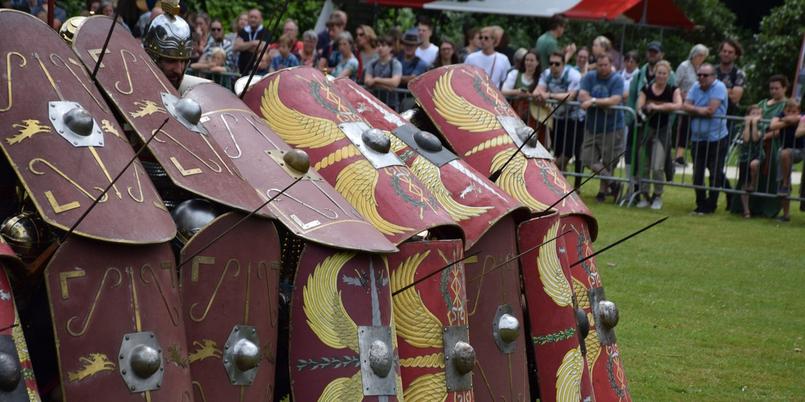
Ancient sources mention Elagabalus wanting to change his anatomy, reportedly seeking surgical procedures to become female. While this has been interpreted by some modern scholars as evidence of gender dysphoria or transgender identity, such claims are speculative. The evidence is anecdotal and filtered through hostile reporting. It is unclear whether this desire represented gender identity, religious ritual, or an expression of eccentricity.
In summary, the evidence reveals an individual who challenged and transgressed Roman gender norms. Elagabalus’s public presentation and private behaviors exhibit traits that resonate with transgender identities today. However, due to:
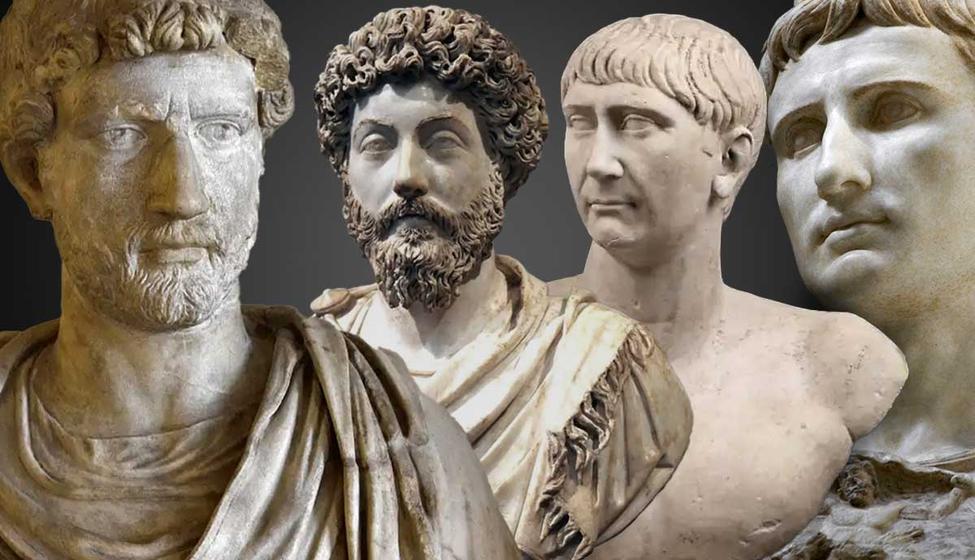
- the hostility and intention of ancient sources to discredit him,
- the likelihood of exaggeration and moralizing narrative conventions,
- and the cultural and conceptual chasm between ancient Roman and modern gender notions,
the credibility of claims identifying Elagabalus explicitly as transgender is limited. While some behaviors correspond to what might today be termed gender nonconformity or gender variance, confidently asserting a transgender identity by modern standards is problematic.
| Aspect | Evidence | Considerations |
|---|---|---|
| Clothing and Cosmetics | Wore female garments, used make-up publicly | Reported by biased hostile sources; may symbolize eastern religious rites or court extravagance |
| Self-identification | Asked to be called “Lady,” acted feminine in speech and mannerisms | Could indicate gender identity or performance; exact intent unclear |
| Sexual and Marital Behavior | Married Vestal Virgin; engaged in roles akin to female prostitutes | Likely scandalous for Roman values; may be exaggerated or propagandistic |
| Desire for Physical Change | Reported attempts or wishes to surgically alter anatomy | Unverified; possibly rumor or hostile slander |
Claims that Elagabalus was transgender stem mostly from these ancient descriptions of gender nonconformity. Modern historians treat these claims cautiously, highlighting the difficulty of imposing current identity categories on distant historical figures.
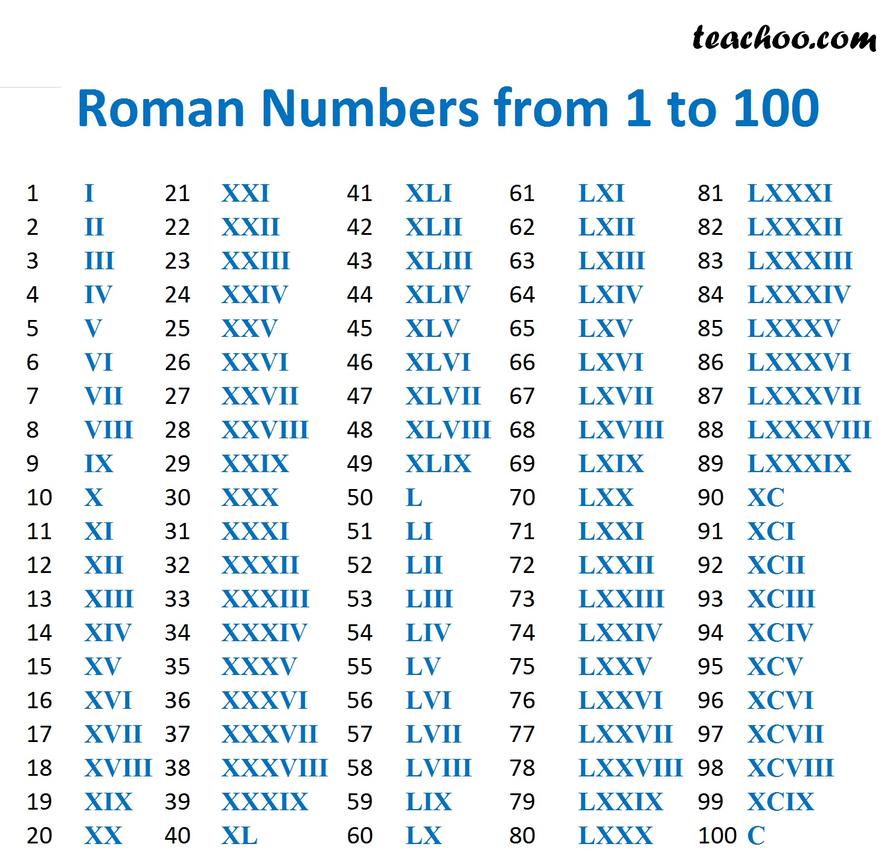
Understanding Elagabalus requires contextualizing his life within Roman culture. Ancient Rome held strict gender roles, but also featured religious and social phenomena where boundaries were blurred. Elagabalus’s actions challenged those norms dramatically, contributing to his negative historical legacy.
Therefore, while Elagabalus can be seen as an early example of gender variance in recorded history, using the word transgender to describe him in a modern sense must be done cautiously and with acknowledgement of the fragmentary and biased nature of evidence.

- Ancient sources report Elagabalus’s gender nonconformity but are hostile and prone to exaggeration.
- Roman cultural context and gender concepts differ greatly from modern definitions.
- Behavioral evidence suggests he challenged traditional masculine roles publicly.
- Claims about transgender identity are speculative and not definitively supported.
- Scholars recommend careful interpretation avoiding anachronistic labels.
How Credible Are Claims That Roman Emperor Elagabalus Was Transgender?
Elagabalus certainly displayed behaviors and appearances that challenged Roman gender norms, such as cross-dressing, adopting feminine titles, and using cosmetics, but claims that he was transgender in the modern sense remain dubious due to biased sources and the vastly different ancient cultural context. Let’s unpack this fascinating mess of history, identity, and ancient gossip.
Roman Emperor Elagabalus ruled from 218 to 222 AD. His reign, though short-lived, left a lasting impression. Mostly because he wore makeup, preferred silk over wool, and said, “Call me not Lord, for I am a Lady.” Of course, historians have salivated over these details, but can we confidently say Elagabalus was transgender? Let’s dive in.
Defining Transgender: A Modern Lens for an Ancient World
Before we parade Elagabalus through today’s identity politics, we must acknowledge the elephant in the Roman Senate room: the word “transgender” didn’t exist back then. According to Dictionary.com, transgender describes a person whose gender identity does not correspond with their sex assigned at birth. Simple, right?
Well, not exactly. Applying this 21st-century definition to a 3rd-century Roman emperor is tricky. Ancient Rome had different, often fluid, views on gender and sexuality. The idea of a fixed “gender identity” is a relatively new concept. So, can we press “Ctrl+V” on this definition into Elagabalus’ story? Probably not without some serious distortion.
In other words, Elagabalus’ actions might reflect a completely different social and religious framework rather than a personal gender identity struggle as understood today.
Credibility of Ancient Sources: Truth, Gossip, or Tabloid Roman Style?
All we know about Elagabalus comes from a trio of seriously hostile historians: Herodian, Cassius Dio, and the notoriously unreliable Historia Augusta. Both Dio and Herodian were contemporaries, which adds some weight, but their open disdain for Elagabalus is also well documented.
Dio and Herodian portray him as a scandalous figure who embodied “eastern decadence” and broke Roman norms at every turn. They were not shy about mocking his fashion, behavior, and religious eccentricities, casting him often as a caricature of moral failure in an empire obsessed with order.
Keep in mind, ancient historians also wrote for entertainment. Their stories blend fact with sensationalism — not unlike ancient gossip columns designed to shock and amuse the Roman masses. This intense bias serves as a big red flag when we try to extract objective truth.
Fashion and Feminine Aesthetics: Silk, Makeup, and More
The descriptions of Elagabalus’ clothing scream “look at me, I am not your typical Roman.” He hated wool, embraced silk, and sported attire seen as “women’s clothes” by traditional Roman standards. Herodian writes about his “painted eyes and rouged cheeks,” cosmetics more elaborate than any modest woman’s. Dio adds that the emperor used hair-nets, shaved his chin, and performed dances and sacrifices with a feminine flair.
These details suggest Elagabalus enjoyed presenting himself in ways that blurred traditional masculine and feminine lines within Roman society. Maybe he was ahead of his time, maybe he simply liked breaking rules. Either way, this ain’t your average emperor wardrobe.
Behavior and Public Persona: “Lady” Emperor or Provocateur?
Aside from outward appearance, Elagabalus reportedly went further in bending gender norms. Cassius Dio recounts how he married a Vestal Virgin, Julia Aquilia Severa, an unheard-of scandal because Vestal Virgins took lifelong vows of chastity. Turning sacred tradition upside down, he sent the Senate letter proclaiming a “masculine failing,” an “overwhelming passion” for her. Intriguing phrasing.
Dio also describes episodes where Elagabalus acted as a prostitute in taverns, wore wigs, and even solicited people at the palace doors with “a soft and melting voice.” Whether factual or exaggerated, these depictions point to a nonconformist public persona challenging rigid Roman ideas of masculinity.
Was this meant as personal identity expression, religious ritual eccentricity, political theater, or simply dirt hurled by enemies? The ancient sources barely hide their scorn but don’t give us enough to judge definitively.
Applying Modern Identity Labels to an Ancient Roman Emperor
Here’s the sticky bit: what does “transgender” mean when there wasn’t strict gender binary thinking in the same way? Roman gender roles were different—fluid at times, overlapping with religious and social roles not easily sorted by modern categories.
Elagabalus’ adoption of feminine dress and behavior might be linked to his role as a priest of the sun god Elagabal, where gender performance held spiritual significance. Alternatively, it may reflect something more personal, or perhaps was a deliberate provocation to Roman elites.
Given this complexity, it makes sense to hesitate before labeling him “transgender” outright. His gender nonconformity is clear, but tying that to modern transgender identity risks oversimplification.
What Can We Really Trust? Dealing with Ancient Biases
- Hostile sources: The main historical accounts come from authors who despised Elagabalus, partly because he jeopardized Roman religious traditions.
- Common tropes: Eastern decadence was a familiar villain in Roman literature; many stories probably exaggerated to reinforce this stereotype.
- Sensationalism: The Historia Augusta, in particular, mixes fact and fiction without clear distinction, making verification impossible.
So when you read about Elagabalus painting his face “more elaborately than any modest woman,” remember the storytellers might be trying to shock, entertain, and discredit all at once.
Could Elagabalus Be Seen as a Historical Trans Icon?
Only if we put aside usual historical caution and embrace a queer reading of history. His challenges to gender roles, preference for feminine clothing, identification as a “lady,” and the attempt to marry a Vestal Virgin portray a figure who confounds categories.
Ultimately, Elagabalus resists simple boxes — an emperor of extremes, whose life and reign ventured far outside Roman norms. Even if historians exaggerated aspects, the core remains: he defied binary gender expectations with flair and no shame.
Final Thoughts: Balancing Skepticism with Open-Mindedness
Are claims that Elagabalus was transgender credible? There’s no black-and-white answer. The sources paint a provocative portrait full of possible exaggerations and cultural misunderstandings. But they also reveal undeniable signs of gender nonconformity that resonate with aspects of transgender identity today.
For readers today grappling with questions of gender identity and history, Elagabalus is a challenging figure to interpret. Instead of forcing a modern label, we might appreciate his story as a reminder that gender performance is culturally and historically complex—always evolving.
So, would Elagabalus identify as transgender today? We can’t know. But his legacy invites us to question assumptions about gender and identity, ancient and modern alike. And that makes his story worth telling, with both critical thinking and a little Roman theatrical flair.
Need more perspective? Here’s a quick summary table:
| Aspect | What We Know | Caveat |
|---|---|---|
| Gender presentation | Cross-dressing, makeup, feminine attire | Reported by hostile sources, likely exaggerated |
| Self-identification | Called himself “Lady,” sought marriage as a “wife” | Interpretation depends on cultural context |
| Sexual behavior | Married Vestal Virgin, enacted roles resembling prostitution | Stories possibly moralizing or fictional |
| Source reliability | Dio and Herodian were contemporaries but hostile | Historia Augusta is largely unreliable |
| Modern transgender label | Not directly applicable | Cultural and conceptual differences are huge |
Feel free to challenge your assumptions: If a Roman emperor centuries ago defied gender norms so boldly, why do we struggle so much with accepting similar expressions today? History might just have a lesson for modern society—and maybe Elagabalus deserves a moment of pride in LGBTQ+ narratives, however disputed his story is.
Was Elagabalus described as adopting female clothing and appearance?
Yes, ancient sources say he wore garments associated with women and foreign customs. His use of cosmetics and jewelry was noted as effeminate or feminine by historians of the time.
Do ancient sources provide credible evidence that Elagabalus identified as female?
The sources report Elagabalus asking to be called a lady and adopting female roles, but these accounts come from hostile authors and may reflect bias or exaggeration.
How reliable are the historical accounts about Elagabalus’ gender presentation?
Ancient authors were often hostile and used common tropes about decadence. Their writings mixed fact with sensational stories, making full reliability doubtful.
Can we apply the modern term transgender to Elagabalus?
Modern definitions don’t fully fit ancient contexts. Gender concepts then differed greatly, so claims about Elagabalus as transgender are complex to assess.
Did Elagabalus’ marriages or sexual behavior suggest gender fluidity?
Reports detail unusual marriages and gender role play. These behaviors were framed negatively by contemporaries, reflecting cultural and political tensions rather than clear identity labels.
